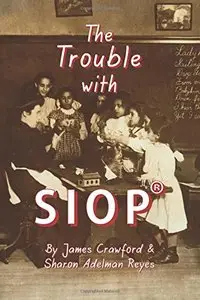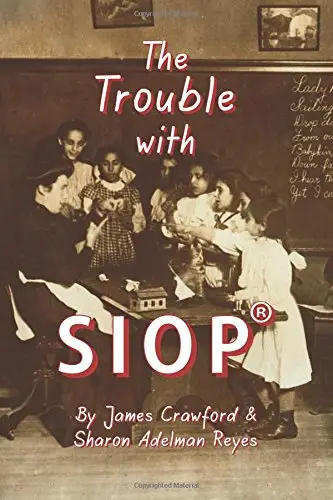The Trouble with SIOP®: How a Behaviorist Framework, Flawed Research, and Clever Marketing Have Come to Define - and Diminish - Sheltered Instruction by James Crawford, Sharon Adelman Reyes
2015 | ISBN: 098617470X | English | 106 pages | EPUB | 0.4 MB
2015 | ISBN: 098617470X | English | 106 pages | EPUB | 0.4 MB
Among all the commercial “learning systems” on the market today, how many are advertised as “research-based?” Perhaps it would be easier to count those that are not. Such claims are so widespread that they are seldom taken seriously by experienced educators. At times, however, marketing becomes clever enough to cut through the skepticism. The more extravagant the promises, it seems, the more credible the product becomes. This book tells the story of one such case: the Sheltered Instruction Observation Protocol, or SIOP.®
Imagine a program developed by an obscure research center. SIOP starts out as a modest tool for evaluating the effectiveness of instruction for children whose English is limited, but soon morphs into something much more ambitious. It now purports to be a detailed “lesson planning and delivery approach” for grades K-12, aligned with state standards and tests. Simultaneously, it outlines a comprehensive design for teacher training and evaluation. Acquired by a major publisher, SIOP is advertised as “field tested … scientifically validated … a proven pedagogical approach to teaching both content knowledge and language skills [that] has helped to instruct millions of students.” The program’s market is expanded far beyond the classrooms of English language learners. It is promoted as an effective model for English-proficient students as well, appropriate not only for K-12 but also for early childhood education, foreign language instruction, GED and adult English programs, and even two-way bilingual education.
There are old-time patent medicines that made fewer claims. Is SIOP a truly miraculous pedagogy – good for whatever ails you? Or is it a classic example of “research-based” hype?
The Trouble with SIOP® was inspired by a chorus of complaints from teachers, who are increasingly required to apply the model by top-down directives. Recognizing that SIOP has thus far faced limited critical scrutiny, authors James Crawford and Sharon Adelman Reyes set out to determine:
First, is this rigid approach, which requires teachers to incorporate “30 features and eight components” into every lesson, necessary to foster English acquisition and academic achievement? Or does SIOP, as a classic transmission model, impose a straitjacket on creative teaching and learning? Are there better ways to “shelter” and “scaffold” instruction?
Second, does this heterogeneous mixture of methodologies and strategies reflect a coherent educational philosophy, consistent with research on second language acquisition? Or is SIOP essentially a grab-bag of “best practices,” with a heavy emphasis on behaviorist methods?
Finally, does research on this program support the lavish claims made on its behalf? Or is the What Works Clearinghouse at the U.S. Department of Education correct in concluding that none of the studies conducted thus far have demonstrated SIOP’s effectiveness?
The answers provided by The Trouble with SIOP® should interest those concerned not only with the education of English language learners, but also with the pernicious impact of commercial pedagogies in American classrooms.



